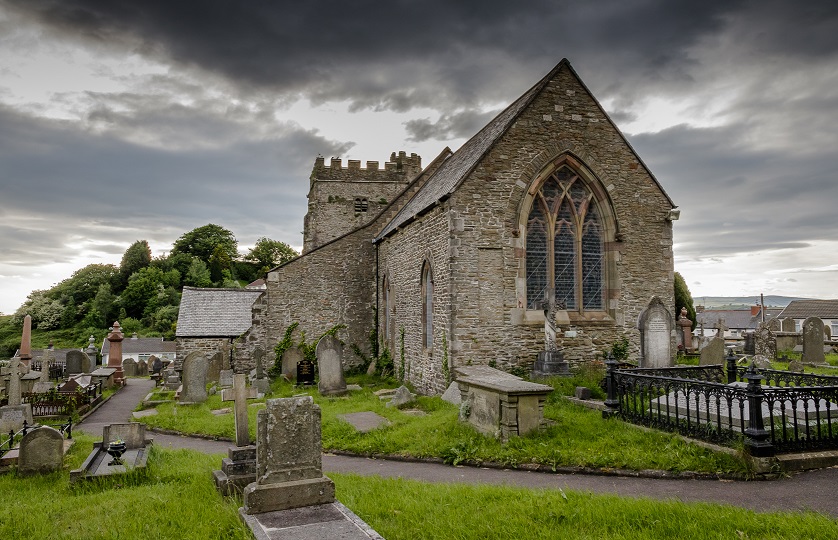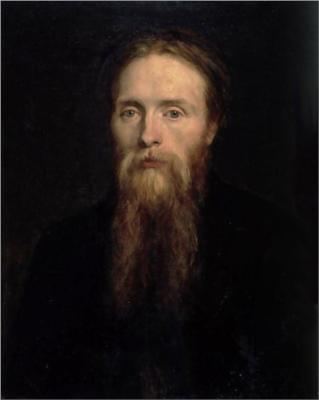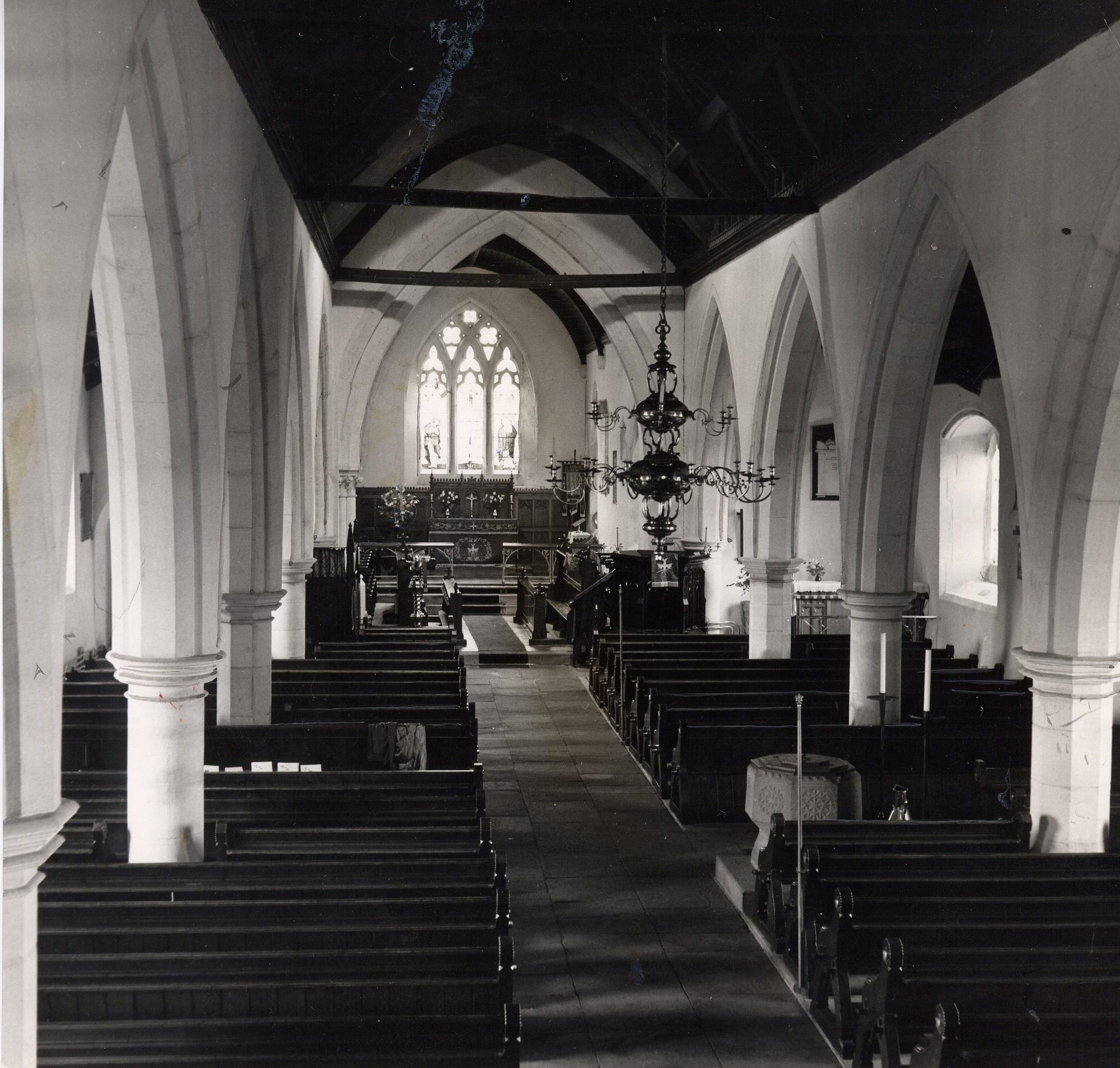
Llantrisant Parish Church has been the town’s most prominent landmark for almost a thousand years. For its worshippers it stands as a beacon of faith and guiding light set against the morning sky.
“The town and borough of Llantrisant is perched upon the mountains and by position is like one of the Italian towns of the middle ages. It is a place where it can easily be imagined that men would have rested at an early period and have settled for mutual defence.”
Judge Falconer, 1865
There is no surviving reference to the settlement of Llantrisant prior to 1246 when Richard de Clare, Earl of Gloucester took the lordships of Glynrhondda and Meisgyn and built the adjoining Castle.
We can safely predict that the original Romanesque-style church building dates from the end of the 11th century. Fitzhamon conquered Glamorgan in around 1095 and some have placed the church’s creation as 1096, although Christian worship had existed in the town as far back as the 7th century AD.
Like the rest of Glamorgan and Wales, the origins of organised Christianity in Llantrisant belong to the Dark Ages with very little evidence to determine when exactly it occurred. In England Christianity was sufficiently organised by 314 AD but there is no evidence in Wales of any organised Christianity during the Roman occupation. There was a century between the withdrawal of the Romans and the prevailing advent of Christianity by the start of the 6th century.
In south east Wales the Welsh church appears to have emerged from southern Herefordshire. This took place in the early 5th century before which the pagan ceremonies, certainly in the fourth century, are documented by the examples of pagan temples in the Forest of Dean.
Christianity became the religious of the decaying Roman empires and found fertile ground when they departed the British Isles. The age of the saints in the 6th and 7th centuries was marked by the establishment of monastic settlements throughout the country, by religious leaders such as David, Illtud, Padarn, and Teilo. This was the period when the Welsh developed a shared national identity, arising from their language and religious beliefs. One of the most prominent areas of Christian worship was found in Llanilltud Fawr (Llantwit Major), whose name is derived from the name of Saint Illtud. He founded the monastery and the college attached to it, Cor Tewdws, which would grow into one of the most esteemed Christian colleges of the times. At its peak it attracted over 2000 students, including princes and numerous eminent clergymen, some now revered as saints. Destroyed by the Vikings in 987, the monastery was rebuilt in 1111 and continued to be a centre of learning governed by Tewkesbury Abbey until it closed during the dissolution.
One of the most prominent areas of Christian worship was found in Llanilltud Fawr (Llantwit Major), whose name is derived from the name of Saint Illtud. He founded the monastery and the college attached to it, Cor Tewdws, which would grow into one of the most esteemed Christian colleges of the times. At its peak it attracted over 2000 students, including princes and numerous eminent clergymen, some now revered as saints. Destroyed by the Vikings in 987, the monastery was rebuilt in 1111 and continued to be a centre of learning governed by Tewkesbury Abbey until it closed during the dissolution.
Illtud and Cadog are important Welsh saints with defined spheres of influence. Llancarfan (originally Nant Carfan) was the centre of Cadog’s territory and there were churches bearing his name bordering the boundary of Llantrisant – Pendoylan, Pentyrch and Gelligaer. It wouldn’t be unreasonable to think the Llantrisant parish boundary was delineating a boundary between the territorial influence of Illtud and Cadog.
Illtud is claimed to have been a Breton known as Illtud Farchog or Illtud the Knight. He is believed to have been a soldier serving King Paul and at his seat of learning at Llanilltud Fawr scholars were grounded in civil engineering and agriculture. He is credited with the introduction of an improved plough in the county.








